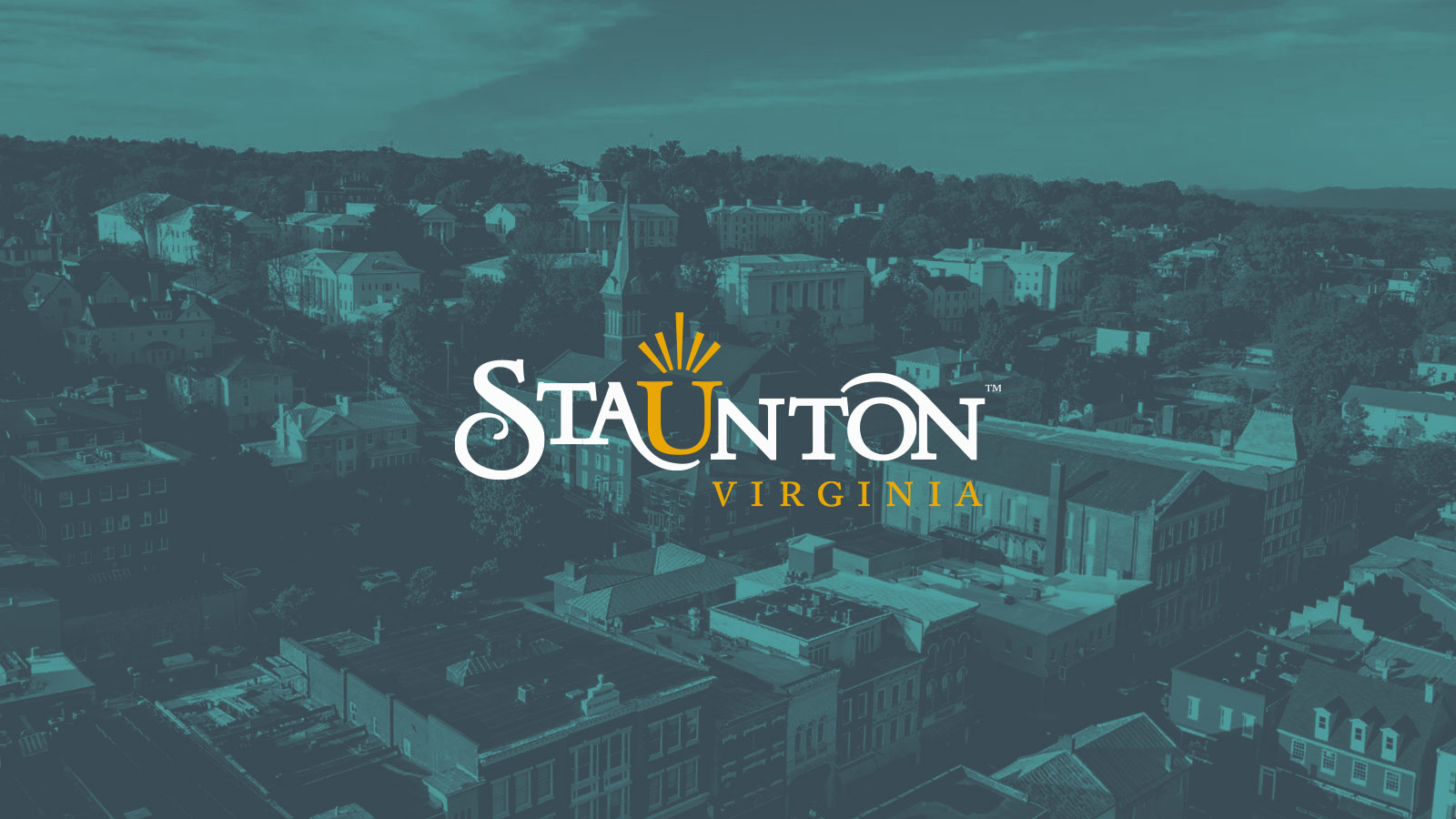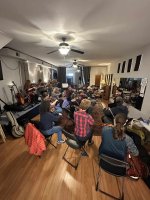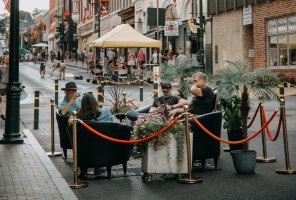
Take a Walking Tour of Staunton
“An architectural gem in Virginia’s Shenandoah Valley.” – Washingtonian
There are six historic districts located in downtown Staunton, all filled with exceptional architecture – Beverley Historic District, Wharf Historic District, Newtown Historic District, Stuart Addition Historic District, Gospel Hill Historic District, and The Villages Historic District.
Thomas Jasper (“T.J.”) Collins moved to Staunton in 1891, and during the next 20 years, he designed or remodeled over 200 buildings in the Staunton area. Collins worked within a wide range of styles. T.J. Collins retired in 1911. The legacy of his work, and that of his sons Will and Sam who followed him, continued with T.J. Collins’s grandson Joseph
Johnson. Their architectural designs left a distinct impression on Staunton’s landscape.
“The 30 Most Beautiful Main Streets Across America.” – Architectural Digest
Beverley Historic District
Downtown Staunton contains many examples of Virginia’s finest Victorian architecture. Some of the most notable can be seen in the Beverley Historic District, which was listed in the National Register of Historic Places in 1981. Most of the buildings in this area date from the 1870s to the 1920s. This historic district is small, and therefore perfect for exploring on foot.
Wharf Historic District
In the 1840s, Staunton grew from a sleepy town to a thriving center of commerce with the construction of the Staunton-Parkersburg Turnpike. The town’s growth accelerated again when the Virginia Central Railroad arrived in 1854. The Wharf Historic District grew up around the train depot to handle merchandise and house passengers. Along with warehouses and hotels, this district also featured saloons, distilleries, liveries, and brothels. Despite a history fraught with the perils of fire, flood, war, and abandonment, significant historic architecture survives. The Historic Staunton Foundation has focused on the area’s restoration since 1989.
Newtown Historic District
Named to the National Register of Historic Places in 1983, Newtown Historic District is Staunton’s oldest distinctly residential neighborhood. The name Newtown set it apart from the area once known as Oldtown. This district is Staunton’s largest and consists of over 400 buildings. Many of the homes in Newtown emerged between the 1870s and 1920s, but some older structures date to the late 18th and early 19th centuries.
Stuart Addition Historic District
This diverse, older neighborhood adjoins the campus of Mary Baldwin University and the former Staunton Military Academy. Rich in historical associations, it boasts numerous buildings listed in the National Register and some of the steepest hills in town. Deeded to the City in 1803 by Judge Archibald Stuart, Stuart Addition Historic District was listed in the National Register of Historic Places in 1984.
Gospel Hill Historic District
The corner of Beverley and Coalter Streets was called Gospel Hill in the late 1790s when religious meetings were held here at Sampson Eagon’s blacksmith shop. Today, the intersection marks the heart of this gracious neighborhood of shady streets and elegant homes that represent a century of domestic architectural styles. The district was listed in the National Register of Historic Places in 1985.
The Villages Historic District
The five antebellum structures at Western State are recognized as one of the best-preserved and original assemblages of early institutional architecture in the United States. First known as Western Lunatic Asylum, this institution was founded in 1825 to serve Virginia’s western region.
Architect Thomas Blackburn, master builder William B. Phillips, masons, and carpenters executed finely detailed work on this campus. They also worked on the early construction (1817-1826) of the University of Virginia, designed by Thomas Jefferson in nearby Charlottesville. The original architectural fabric of the campus remains remarkably unaltered. Architectural elements such as rooftop railings, masonry techniques, door and window surrounds, interior archways, stairs, and specific molding details clearly indicate the involvement of fine craftsmen deeply influenced by their work with Jefferson. The buildings are a testament to Virginia’s early effort to provide enlightened care to the mentally ill. Surrounding the building is a landscape of healing, where patients enjoyed the therapeutic pleasure of fresh air in a lush, verdant setting. Of note is the decorative wrought iron enclosure with pineapple finials. The hospital relocated in the 1970s. The complex was then converted into a state prison, which closed in the 1990s. Today, the 80-acre campus is undergoing re-development into a mix of uses.
Download a Walking Tour Map here.
Newsletter Sign-up
Stay up to date on the latest and greatest happening in Staunton.


